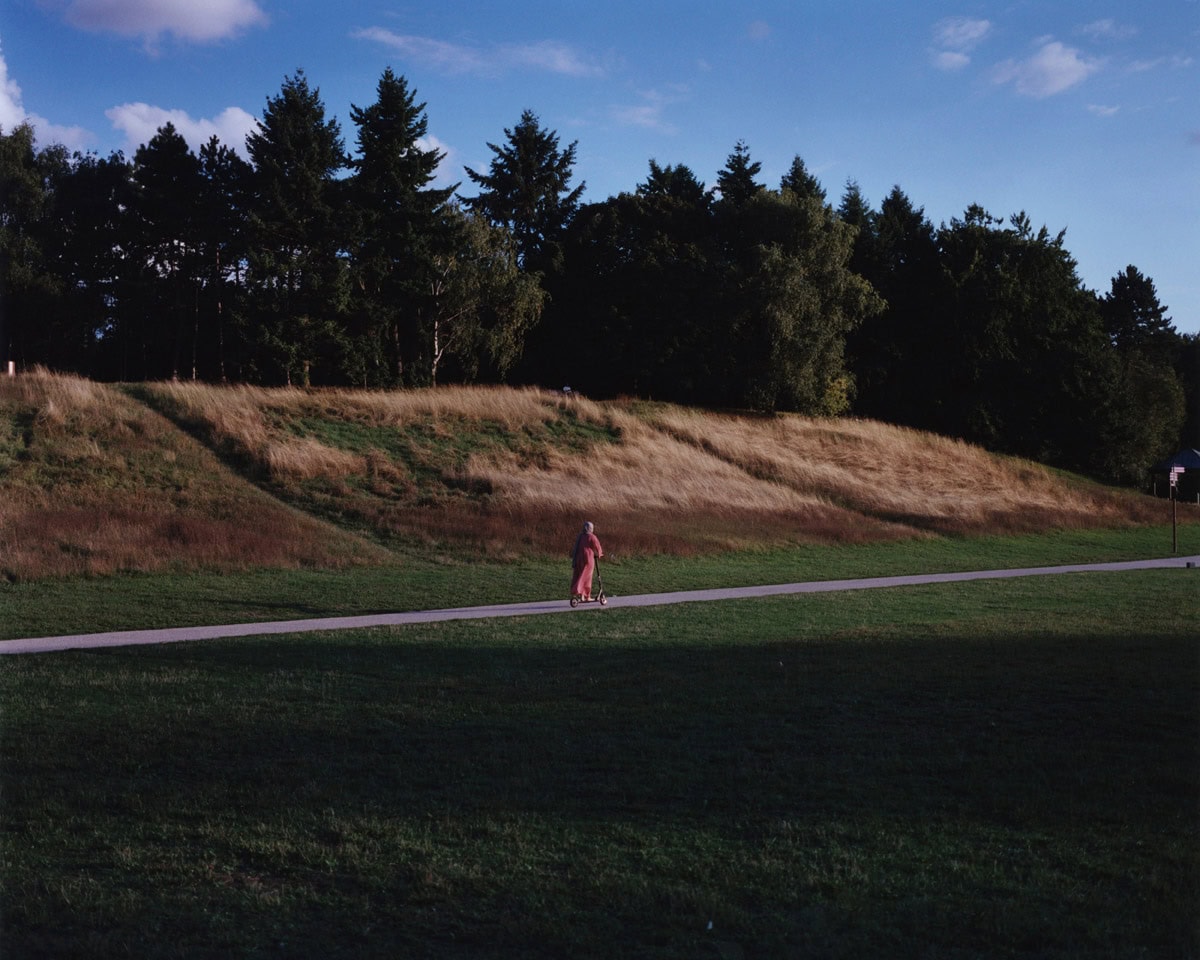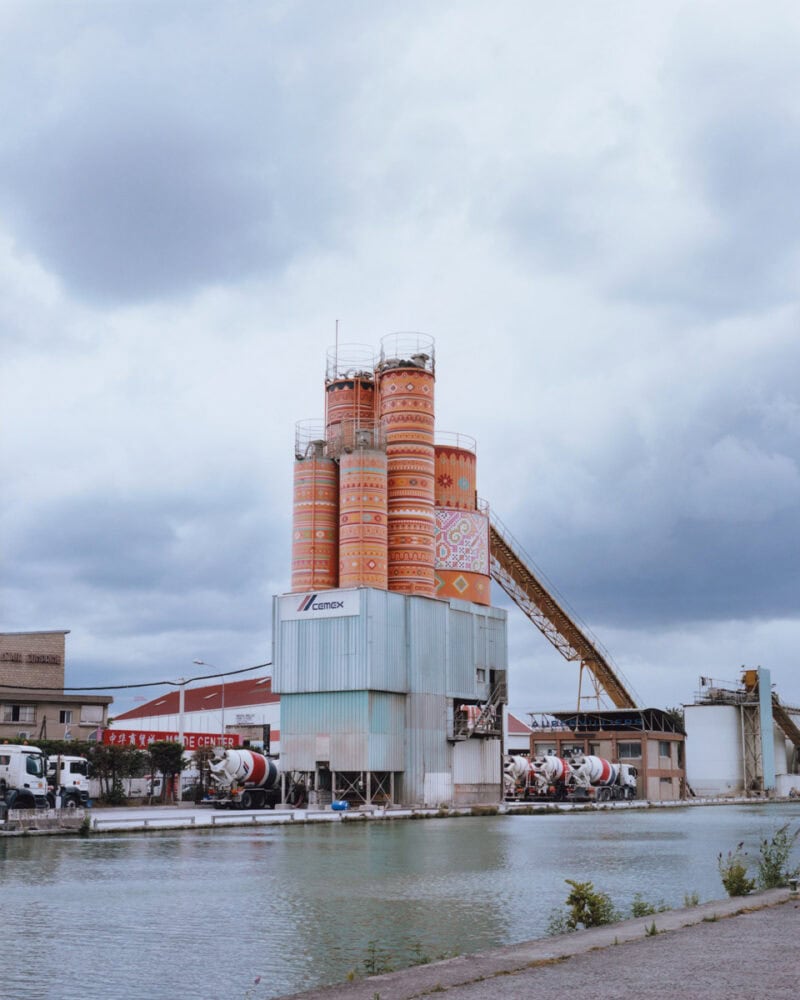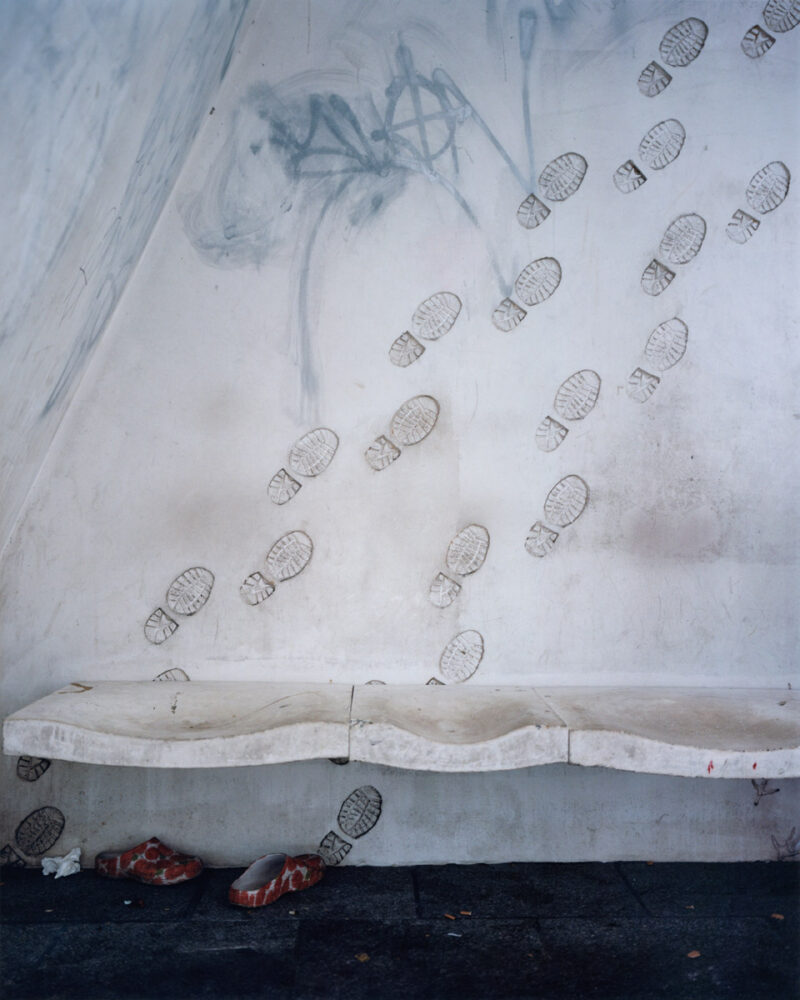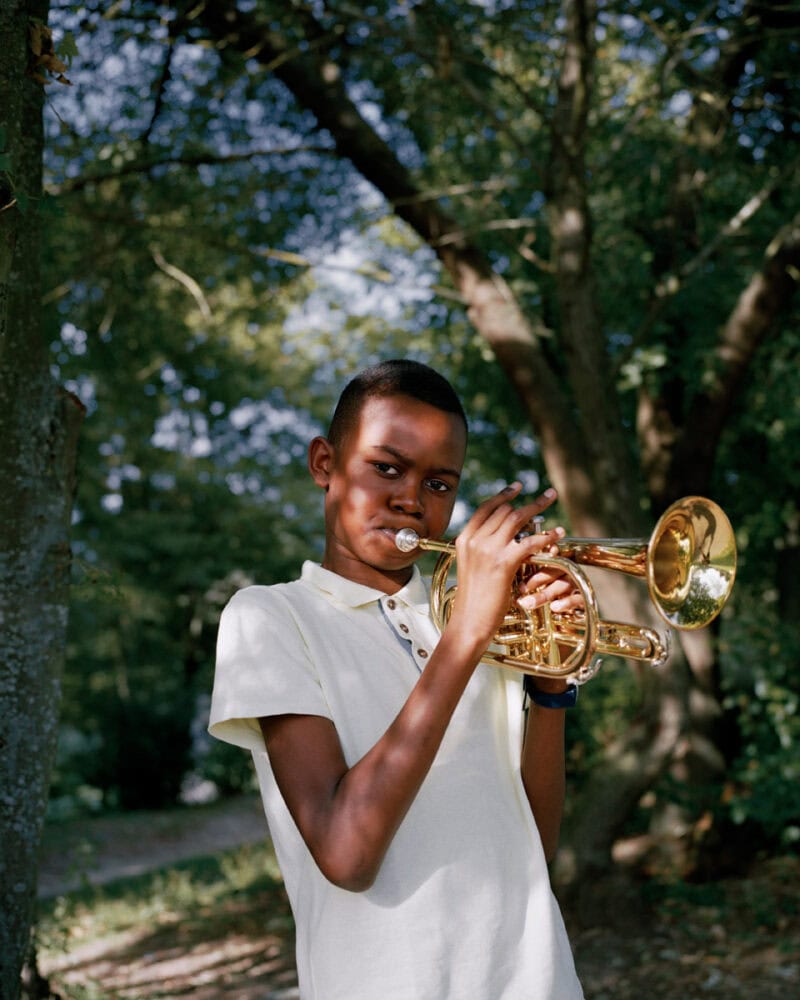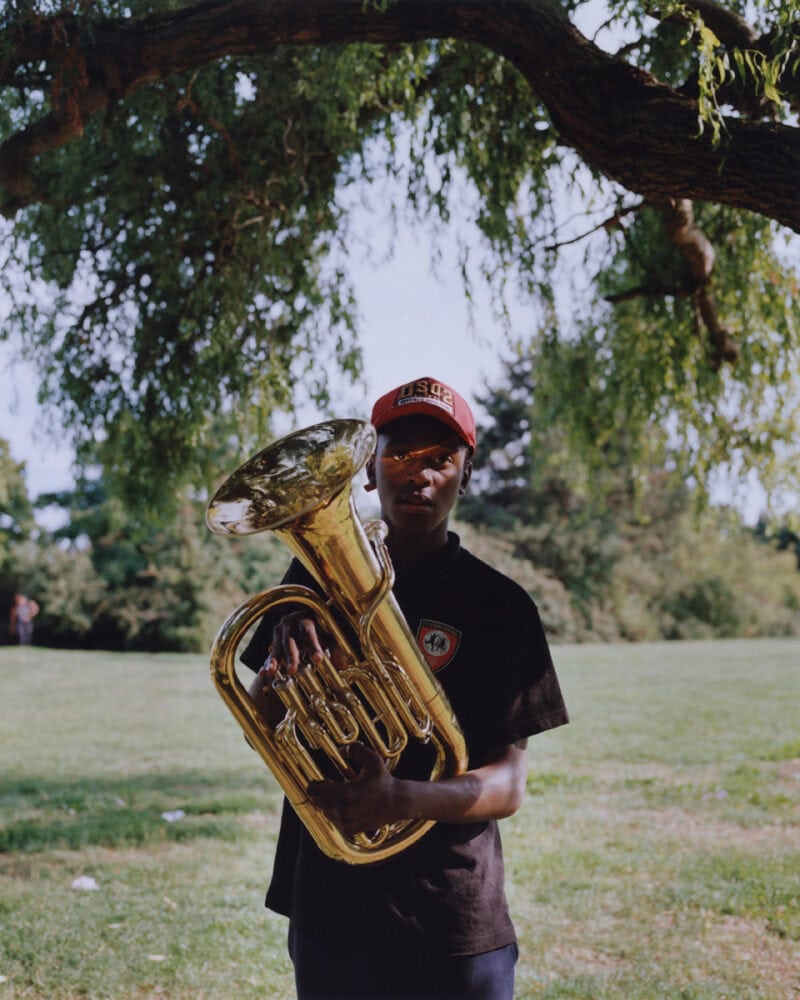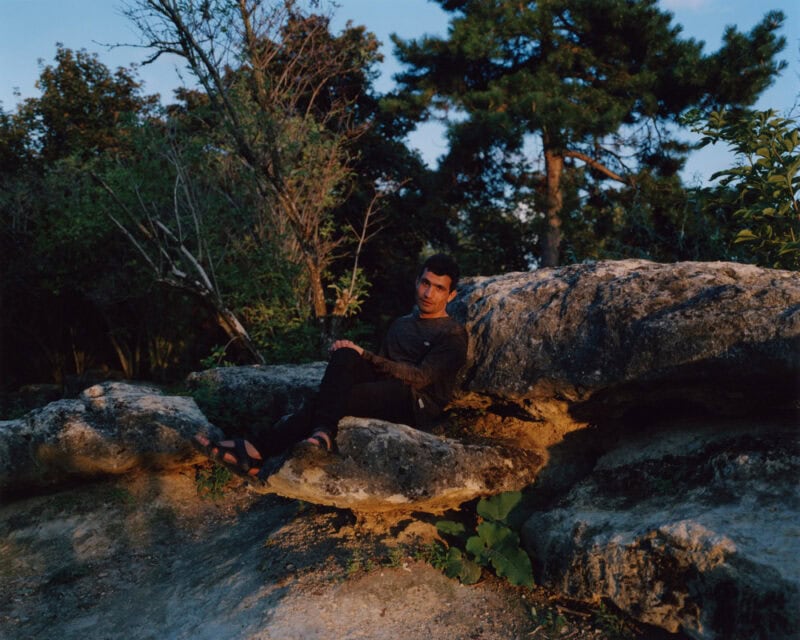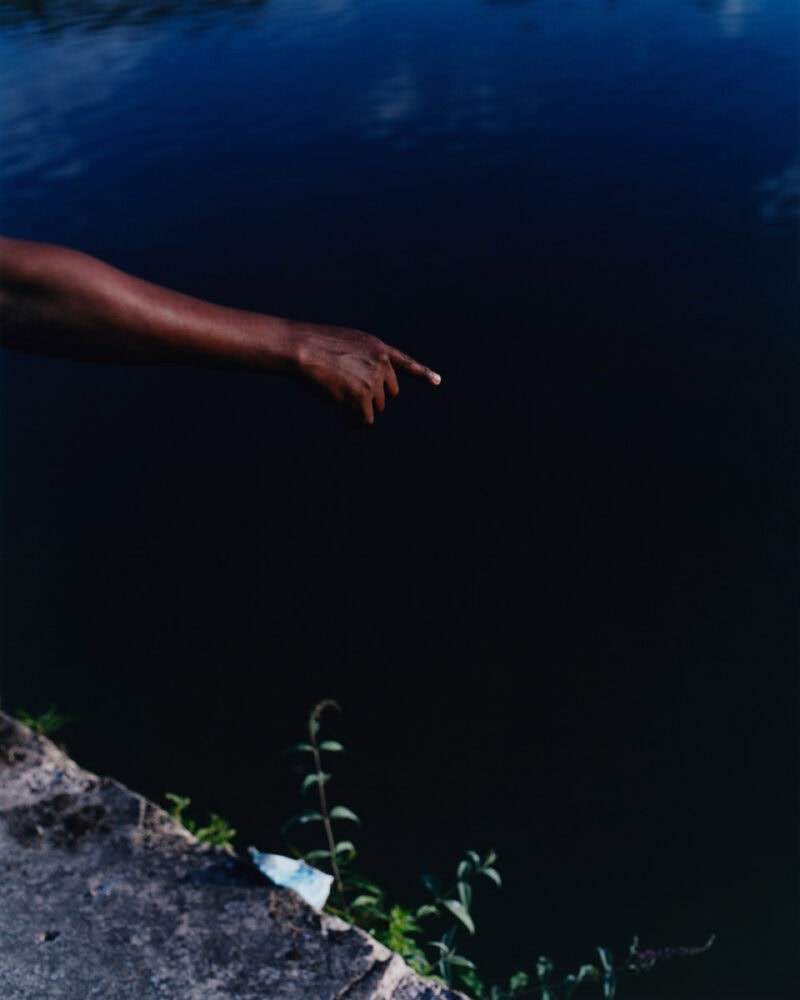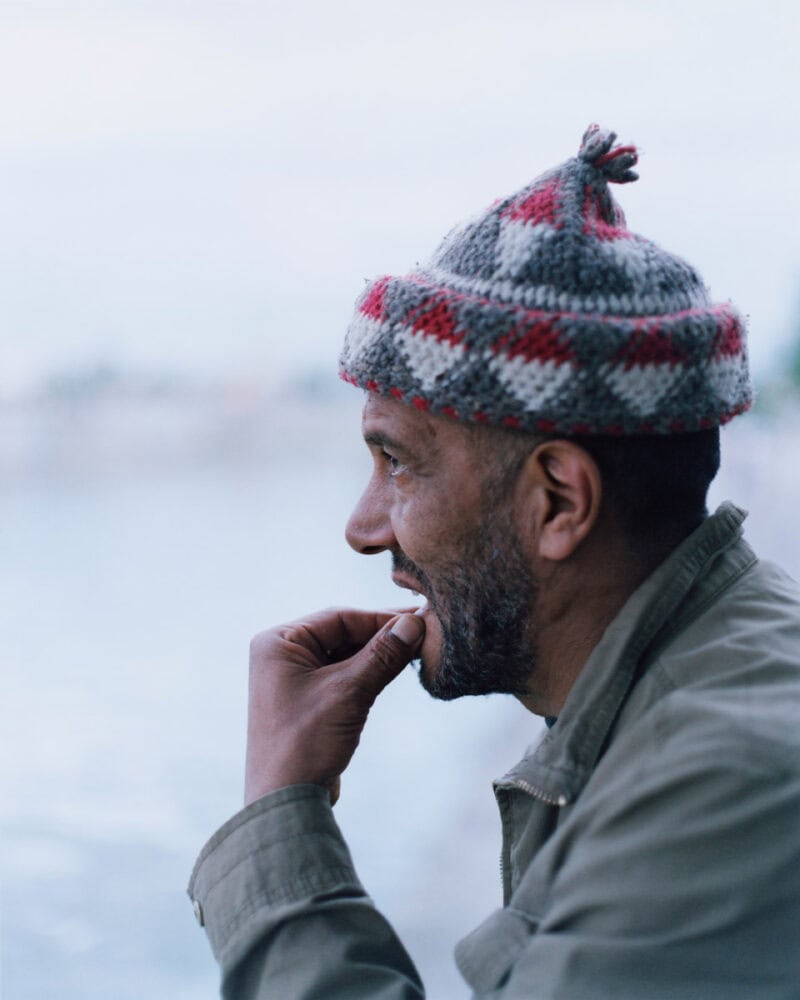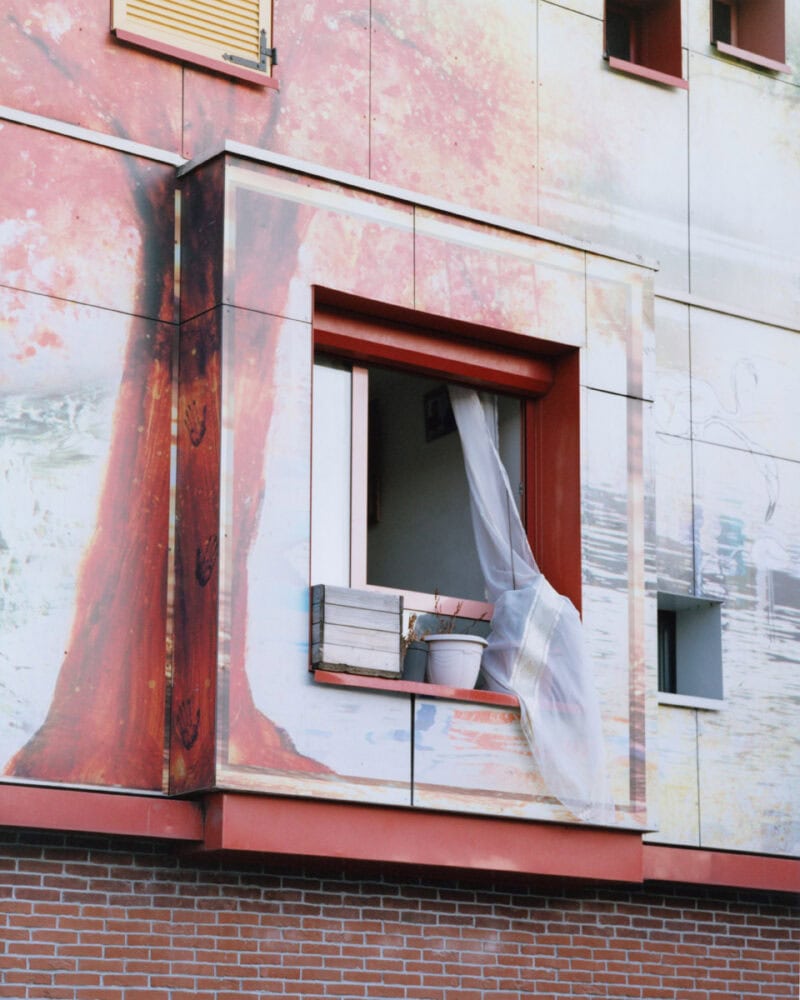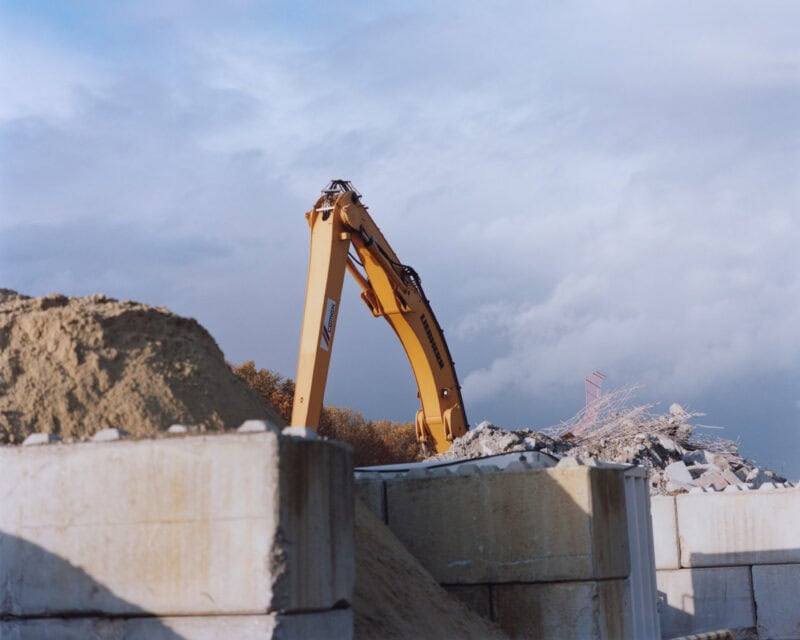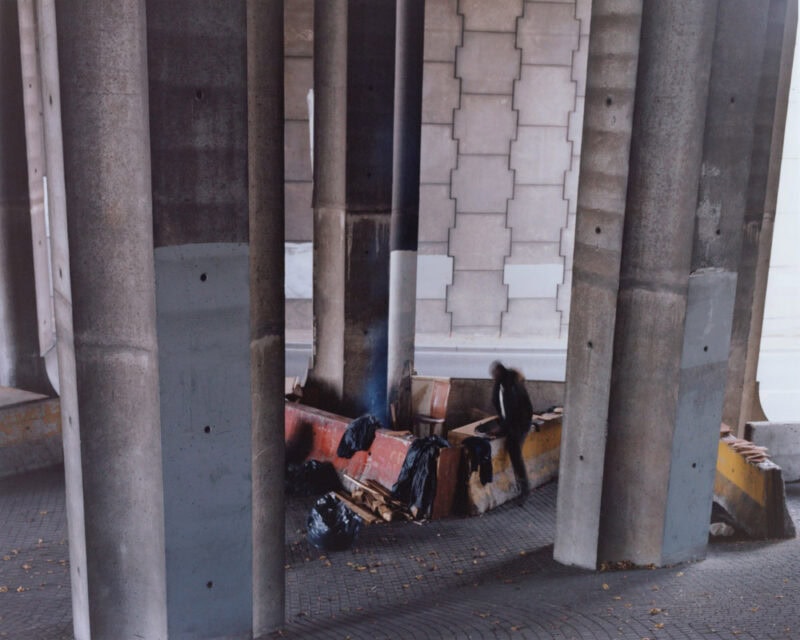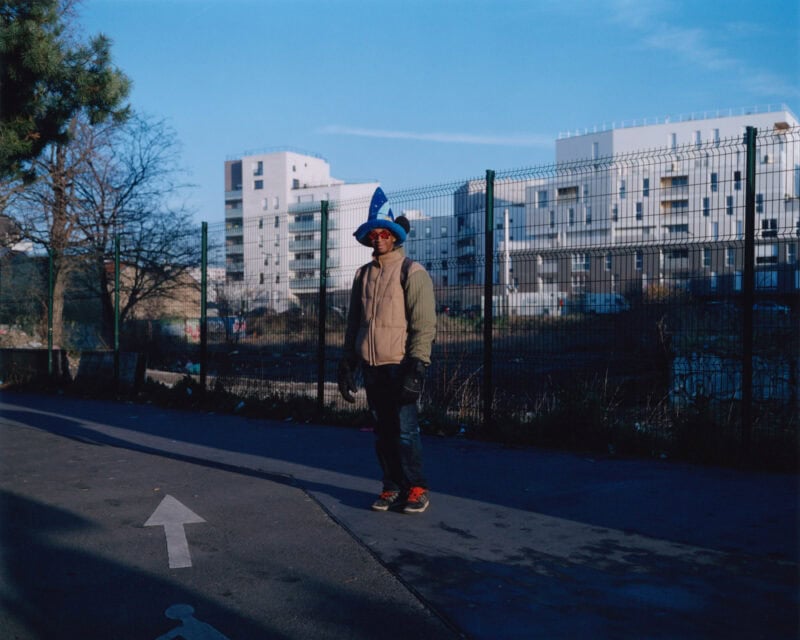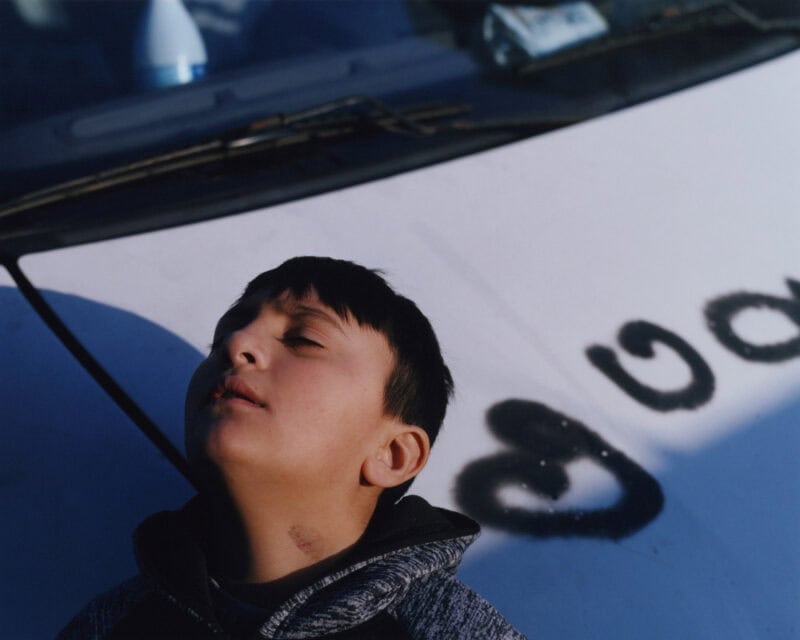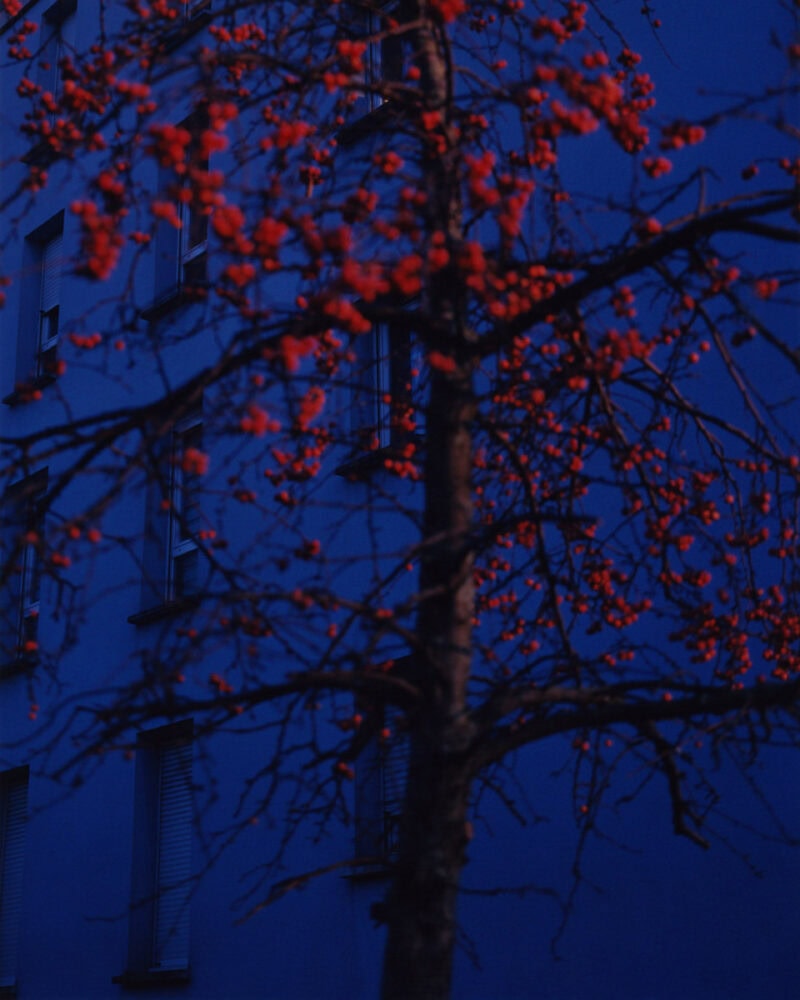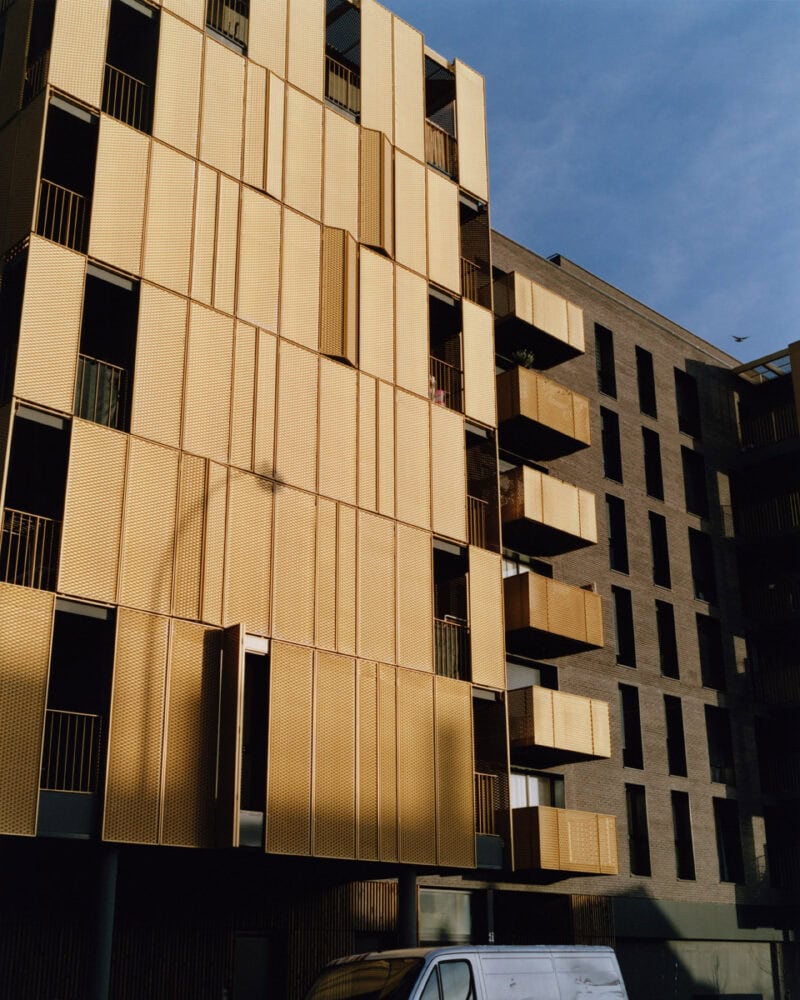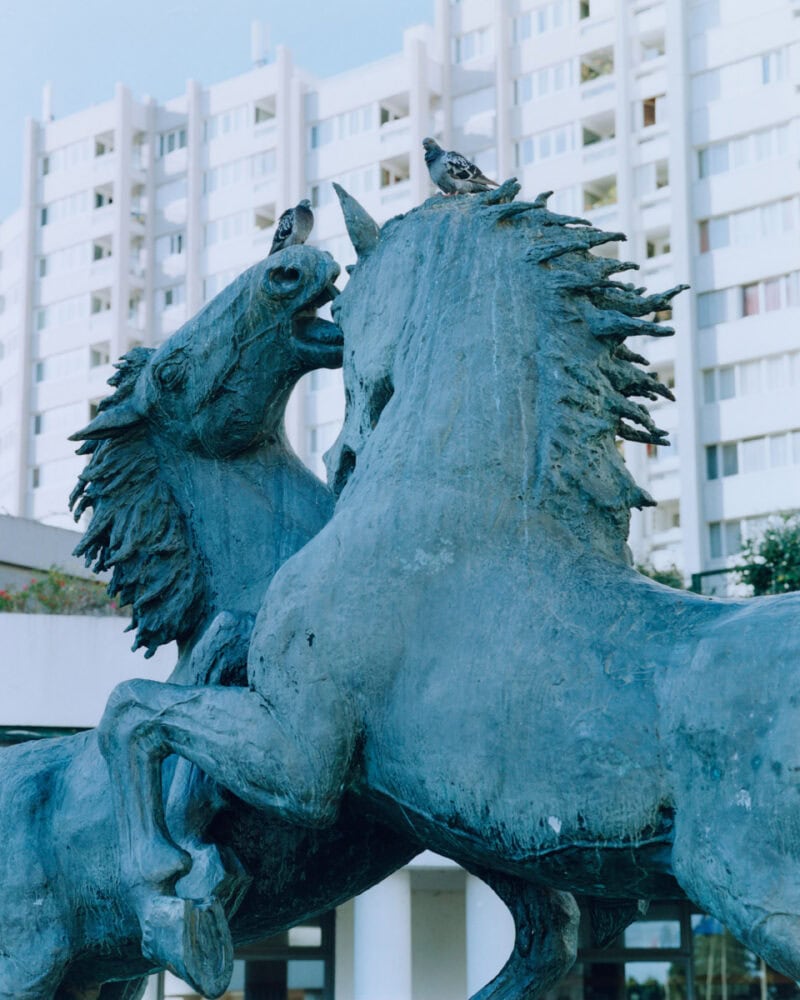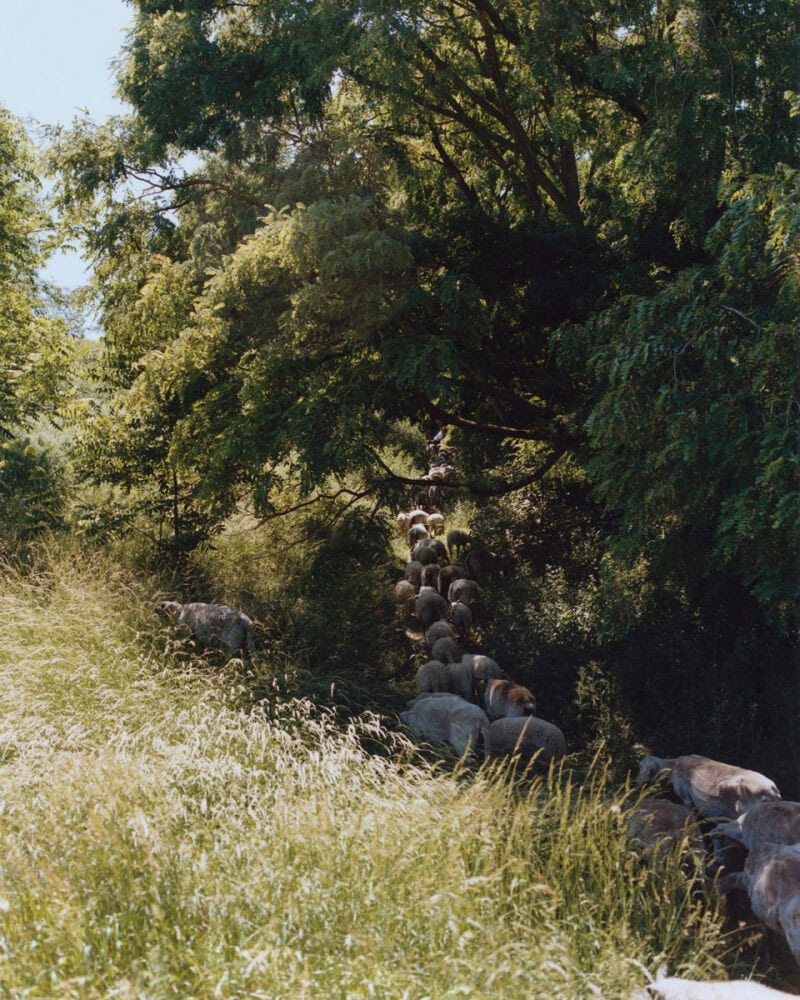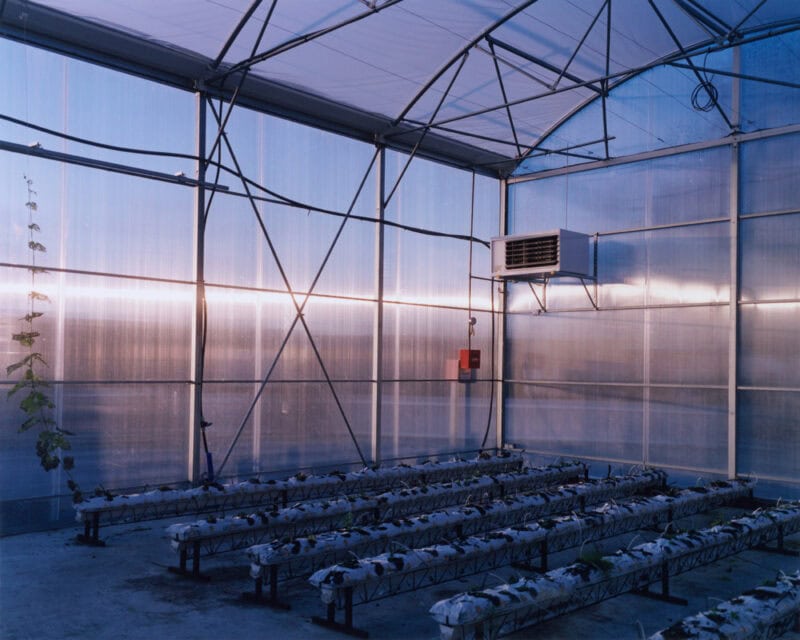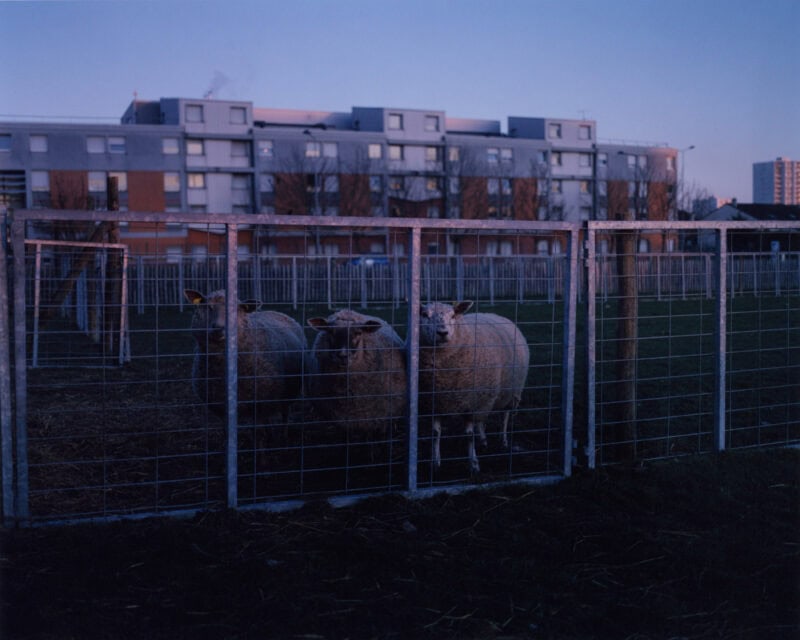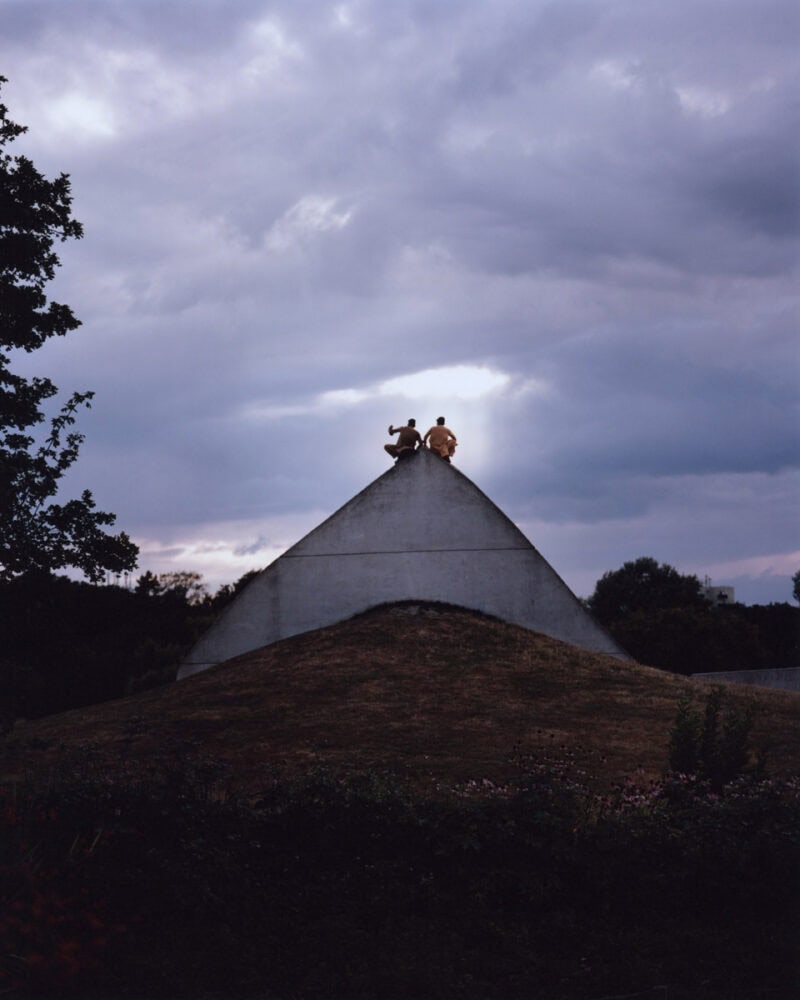This is an unpublished project premiered today on C41 Magazine.
Alexandre Silberman was born 1983 and is a director and photographer based in Paris (France).
Graduated in Philosophy and in Communication from LYON III University, he mainly works on
documentary projects touching on the cultural and the societal, in relation to the research he
conducted during his studies.
His photographic approach, along with his cinematic work, has developed around the analysis of
the relationships between a place and those who cross it.
Hence was created the NEW CITY/NEW GOD series, which was centered around the place of religion in Brasilia and which was presented at the Red Bull Station in Sao Paulo (Brazil) in 2016.
In 2018, his series on the scenography of Beauty in Ile-de-France museums, THE GREAT BEAUTY,
was the subject of a monographic exhibition at the Moritzhof Gallery in Magdeburg (Germany).
This series was selected in 2019 to participate in the International Photography Festival of
Lenzburg (Switzerland).
In 2020, Alexandre Silberman was shortlisted for the Bar Tur Photo Awards, the Palm* Photo
Prize, and is one of the ten finalists of Feature Shoot Street Photography Awards.
About ‘Differences & Repetitions – Aesthetics of disappearance and overlaying in Seine-Saint-Denis’ – words by Alexandre Silberman:
Established in 1968 for the purpose of fragmenting the Île-de-France’s “red belt,” the Seine-Saint-Denis department was formed in a way that simultaneously attached it to and isolated it from Paris. Ideologically split from the concomitant capital, it was also demographically, economically, and culturally so, all while still being “the periphery of.” In opposition to Paris’s immutable heritage, the area asserted its own identity through its heterogeneity, the plurality of its voices, and the radicalness of its mutations.
As the 2024 Olympic Games loom, of which it is one of the biggest beneficiaries, the Seine-Saint-
Denis finds itself caught up in monumental building sites, whose scope contrasts with the reality on the ground. Former vast agricultural plains that have become the most extensive industrial area in Europe, it is now suffering from its early urbanization. The most cosmopolitan department, but also the poorest in mainland France, it is also one of the youngest. Facing a prominent past and a difficult current situation, Seine-Saint-Denis is entering the 2020s with lofty ambitions for the future.
At a time when an army of cranes is working the ground just as much to build a shiny future as to bury an annoying present, it is an entire territory that makes its strata appear to our eyes.
Agricultural and industrial, natural and urban, poor and opulent, all these asynchronous layers make up a complex landscape, both spatial and temporal, crossed by a constant balance of power. That opposing the morbid repetition of the identical, of the established order and to reestablish, and the vigorous repetition of the difference, that of the life that disappears and springs again.
Here, the latter has never seemed so beautiful. But it has also, unfortunately, never seemed so fragile.
